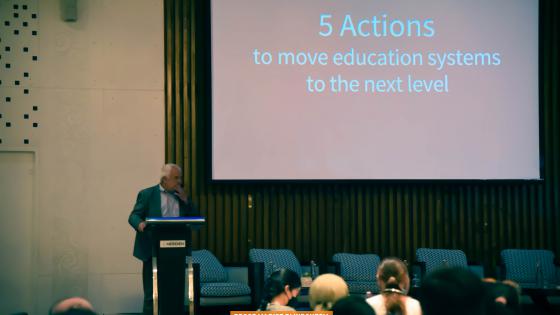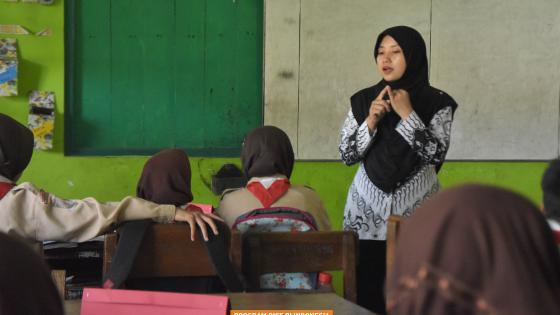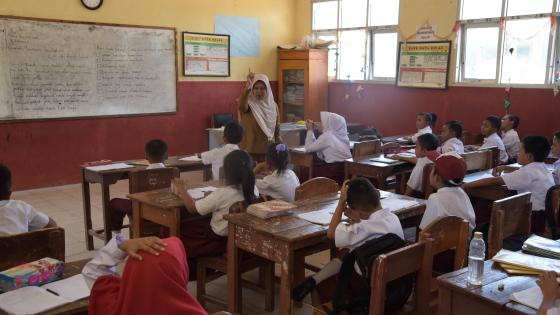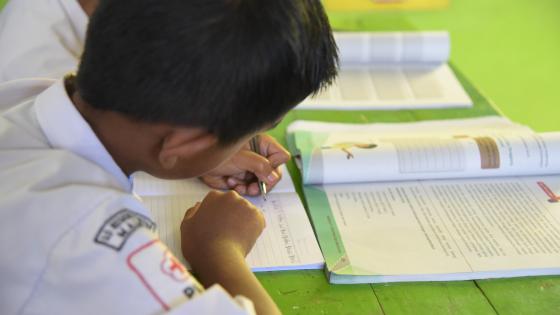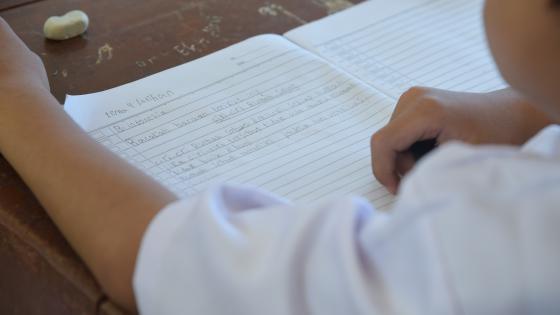Photo illustration: Novita Eka Syaputri
This article is part of the Teachers' Notes series on "What the beginning teachers would change if given the opportunity to transform regulations or policies in the field of education".
Throughout this semester, I've been through many incidents and felt various emotions. I like the 2013 curriculum (K-13), but as time goes by, I feel there are things to improve in a bid to avoid confusion during the primary school final exam.
Students follow the thematic instruction system (as directed in the K-13) for all subjects but religion, mathematics, and physical education. However, in the final and national exams, they have to take tests based on subjects. This shows a mismatch between the learning process and the final exam. If students learn under a thematic system, the exam should also follow that system. Likewise, if learning is per subject, then the final exam should be for each subject as well.
I saw this mismatch at the national science competition at school as well. The subjects being competed were natural science and mathematics. As a teacher, I was baffled as to how I would have to teach the subjects. I ended up teaching science without using a thematic system, as other teachers might have done.
I think the K-13 is suitable for lower grades (Grades 1–3), but its application in the higher grades needs to be revisited. In Grades 4 to 6, not all subjects are taught with the thematic system, one of which is mathematics.
I hope teachers are allowed to use K-13 that does not use thematic system for the higher grades. I think that would make it easier for teachers to teach students, especially in preparation for school final exam. Teachers will also avoid the confusion of teaching with thematic instruction and per subject.
Subjects for higher grades are indeed quite general, thus require additional matters. I think for teachers, it would be easier to teach each subject separately as they could provide detailed and structured instruction.
The thematic instruction system is a sound method—however, sometimes, subject matters in higher grades seemingly forced with the thematic approach. Sometimes, a subject matter must be integrated with another subject, and I would get perplexed about how to give the instruction. Consequently, the subjects are not taught with the thematic method—for example, natural science with the other subjects.
I often struggle in teaching natural science to Grade 5 classes using the thematic instruction because the subject matters are very specific. Certain matters require sequential and structured instruction. It would be very hard to integrate them to another subject.
In my experience, the thematic system is perfect for lower-grade classes because, on those levels, the learning focuses on reading, writing, and counting.
*This Note was written by DP, a primary school teacher in East Java.
**All articles published in the Teachers' Notes are the views of the authors. They have been edited for popular writing purposes and do not represent the views of RISE Programme in Indonesia or RISE's funders.

